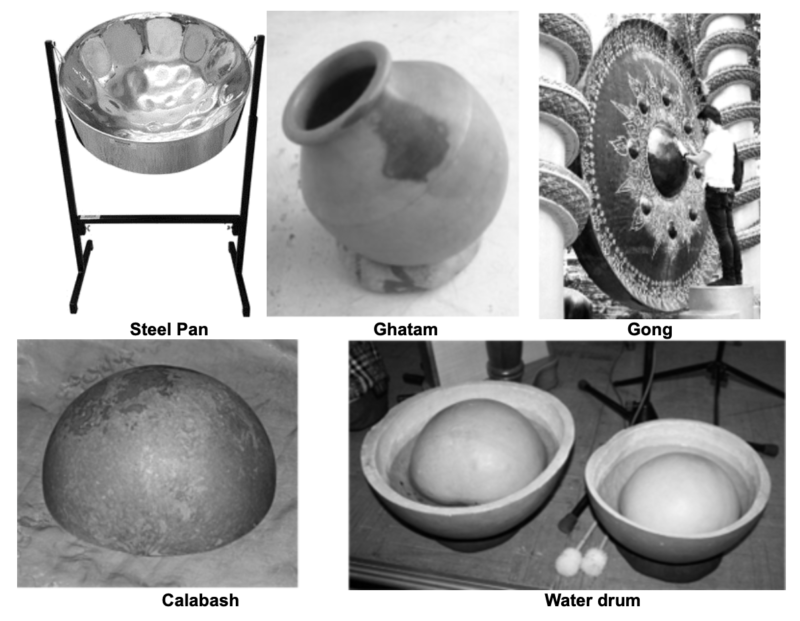Copyright: Update October 2022
Categories: Blog, News, Articles, Copyright Author: PANArt 17th October 2022
Copyright: Questions and Answers
Last May the plaintiffs handed their reply to the court. We now have responded to this reply. This closes the written procedure, and the commercial court of the Canton of Bern (Switzerland) is expected to summon the parties to the main hearing in the beginning of 2023. Thus, we hope for a final decision regarding the copyright protection of the HANG in 2023.
The plaintiffs' reply with its 164 pages and countless exhibits is almost as extensive as their initial suits. Firstly, this new reply assumes at its core that the Prototype 1 respectively the so-called Ur-Hang, which was undisputedly created by Sabina Schärer und Felix Rohner in 1999, was created "by mere coincidence". Thus, the plaintiffs assume this "Prototype 1" cannot be protected by copyright. Secondly, the plaintiffs allege all following versions of the HANG up until its form in the year 2001, which was made and sold in high numbers all around the world, and more recent forms like the Free Integral HANG, cannot be protected by copyright. They try to argue this by using a confusing terminology, quoting supposed "experts" and calling all forms following the Prototype 1 developments which were "technically necessary" or "dictated by technical function". These assumptions are simply untrue and contradict the law as well as the most recent case law regarding so called "works of applied art".
In our reply we have presented the history of the creation of the HANG in detail. This alone proves that the Prototype 1 was in no way "a mere coincidence". It was the result of a long artistic journey during which Sabina Schärer and Felix Rohner created various sound objects. All elements which give the HANG its copyright protected individual overall impression were already present in the Prototype 1.

This becomes even more evident when it is compared to forms of other sound objects which were known in the year 1999. The most recent case law in copyright matters by the Federal Swiss Court requires such a comparison to previously known forms:

Solely due to this the plaintiffs' reasoning collapses like a house of cards. If the first version of the HANG is protected by copyright, naturally all following versions created by the same artists must be protected as well.
Independently from this fact we have proven in our reply that design elements of versions following the Prototype 1, which were undisputedly created by the same authors, can only be seen as "technically necessary" in the legal sense if this assessment is made on the basis of exactly these following versions. Such a retrospective approach is not even allowed in patent law.
But even if we – hypothetically – assume all design elements of the HANG are "technically necessary", this is of no use to the plaintiffs. Such a mosaic approach is clearly not allowed in copyright law. According to the case law of the highest courts in Switzerland, Germany, the Netherlands and the European Union, copyright protection can only be denied if the overall impression of the HANG would be technically necessary, i.e. if there were design alternatives. We have already proven in our first reply that countless other forms for sound objects, which can produce similar sounds as the HANG, do and could exist. The plaintiffs did neither deny nor rebut this fact in their reply.